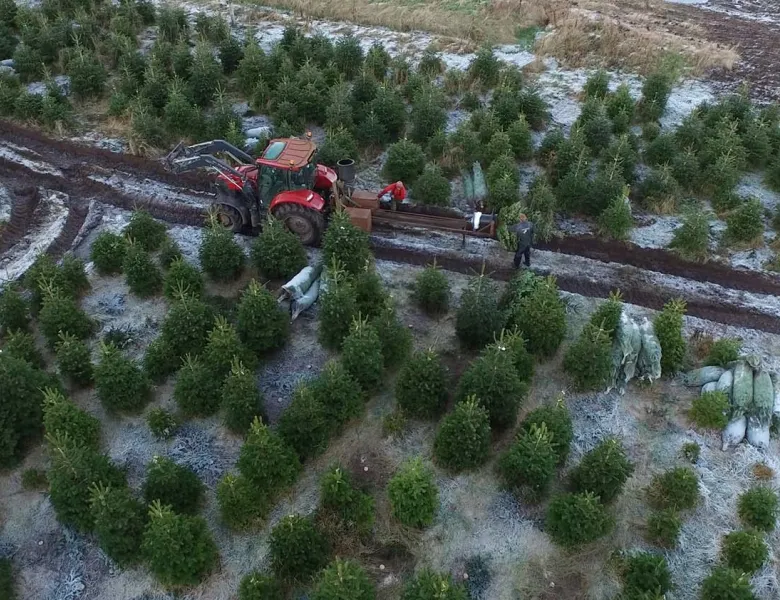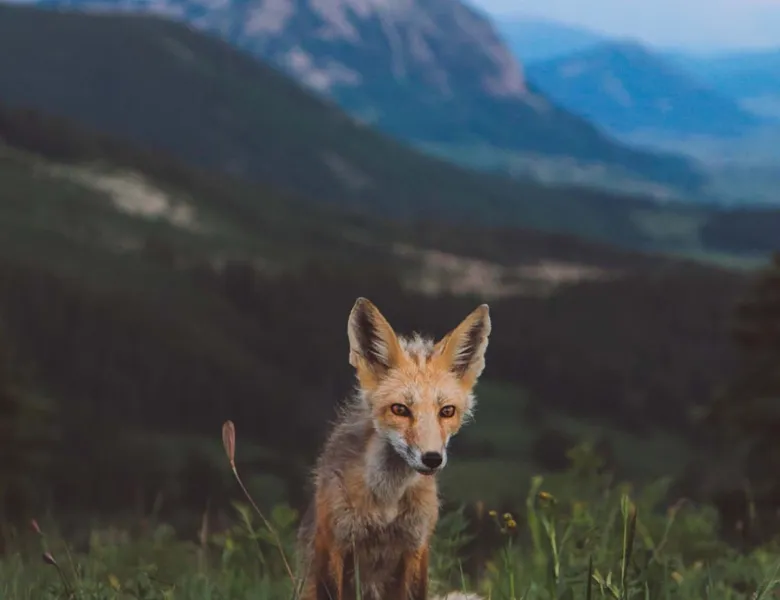Documenting the visual footprint of man upon nature
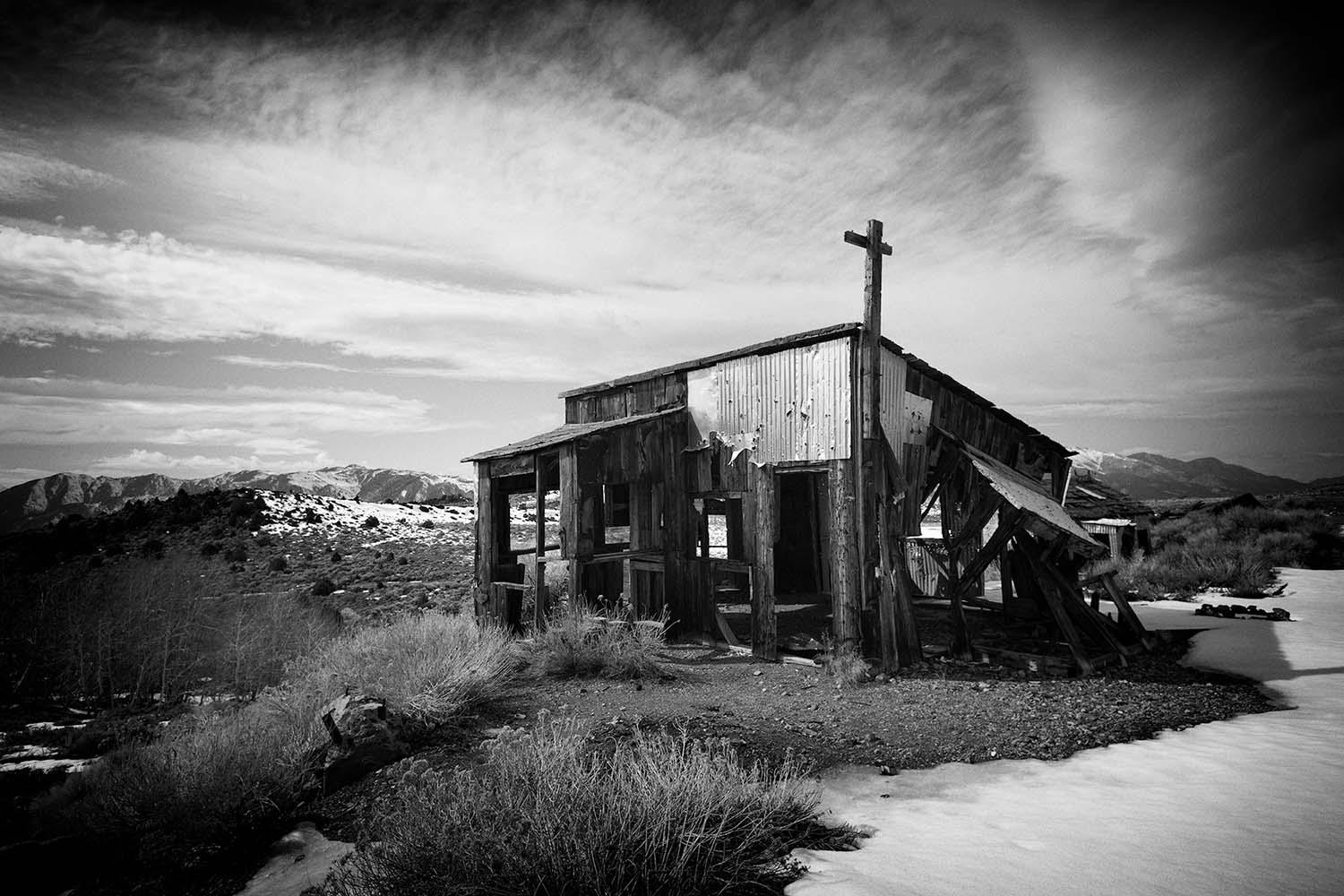
Bill Edwards is a Southern California based fine art, landscape, nature, and travel photographer. An avid outdoor photographer, his work places an emphasis upon environmental concerns and the effects of human intervention. A graduate of Brooks Institute Of Photography, Santa Barbara, California, BA in Cinematography / Photography, and MFA in Photography. Bill has been employed with Fujifilm North America for 24 years, and his current role as a senior technical product specialist supports a wide array of digital imaging rendering and printing solutions. Additionally, he is co-director of the Photo Exchange Fine Art Photography Group in Irvine, CA.
He is a member of PhotoShelter, the leader in portfolio websites, photo sales, marketing and archiving tools for photographers.
Hi Bill. Thanks for talking with us... Please tell us a little about you and your photography
Outdoor locations have always played a strong role in my photography, most notably those unspoiled natural places that tend to resist the marks of human intervention. Introduction to the writings of Thoreau and Muir in my teen years set this passion afire; and as a result, I have spent a considerable amount of time exploring and getting lost in the Sierra Nevada Mountains to the shorelines of the West Coast. These explorations have yielded impactful memories along with a library of captured images. There is a personal journey that accompanies heading to the outdoors to photograph. This is not something you master over time, it is compulsion to work within the boundaries of Mother Nature adjusting to the adversities one faces in the process to create. There will always be failures but ultimately these obstacles can be overcome and useful lessons gained in the process.
My appreciation for nature, mixed with the alchemy of processing silver gelatin photographic film starting in high school, eventually led to the creation of a small, in-home darkroom. I do believe if it were not for the tactile process of printing my own work in these early years, the continued passion to expand, improve and refine my understanding of the medium would not have taken hold. Pursuing technical understanding of photographic processes quickly became a way to apply a practical skill into a world of visual appreciation, but eventually this was not enough. The creative intuition to go deeper always surfaces with those who seek to communicate visually. Capturing images through the medium of large format film throughout my formal education, followed in the tradition of technical masters such as Adams as well as Edward and Brett Weston. I set myself along this path establishing some lofty goals by the age of fifteen. Once I discovered the potential within the amalgam of light and sensitized materials to be a powerful form of expression, there was no other pursuit that would influence my life with greater impact.
Why photography? What does the medium mean to you?
I have found it important to reserve my time to photograph to remain on a personal level. Although I work within the heart of the photographic industry, my creative time to photograph remains my own. My photography is an escape from the day to day routine and usually allows for a creative solace with nature. For a brief period of time prior to being employed with Fujifilm, I was a commercial photographer. During this time, I did not photograph for myself and subsequently began to loath my profession. The time away from outdoor photography allowed me to realize the personal connection that I have with this medium along with the necessity to create in a manner that I grew accustomed to. The need to visually express ideas, environmental concerns or to just reconnect with nature returned with a renewed appreciation after this hiatus.
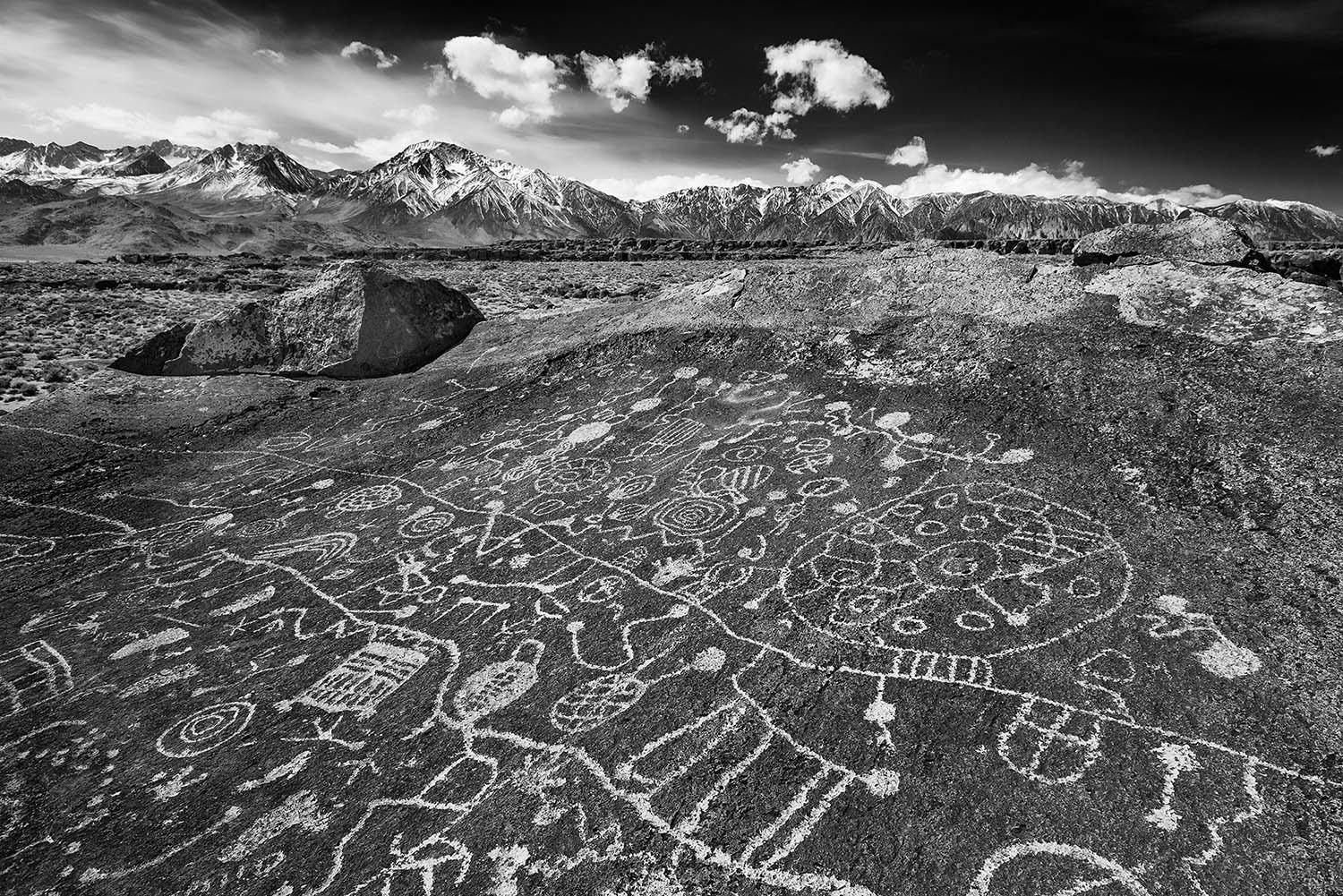
What inspires you and your work?
The themes of natural places and wildlife in much of my visual work has remained a constant, even as I matured as an image maker. We tend to find our creative voice as we develop our ideals. As an environmentalist, photography as my medium of choice is a natural one. Unfortunately, the lack of compassion for other species of this planet is accepted as commonplace behavior. We now live in a world where very little terrestrial surface remains untouched by humankind’s desire to conquer and control, even at the expense of other species. From our expanding highways, urban sprawl, and contamination of water sources upon which we all depend, the hand of humankind is far-reaching. The effects of this impression upon the environment continue to expand with human population growth and the accompanying rise, and sometimes voracious, need for resources. Visually representing the inevitable cost of these practices for all species, including that of humanity, unfortunately, remains one of the few methods to awaken minds and open the eyes of the selectively myopic.
With the growth of image sharing through the internet and social media into our everyday lives, we are able to view at will images of nature, wildlife, and the pristine wonders that this planet has to offer. More often than not, the influence of humankind remains hidden or edited within these images. When we view the pristine alpine landscapes of Ansel Adam’s Yosemite wilderness, seldom do we see the footprint of man within the frame. We idealize what once was the natural order of our environment in our imagery.
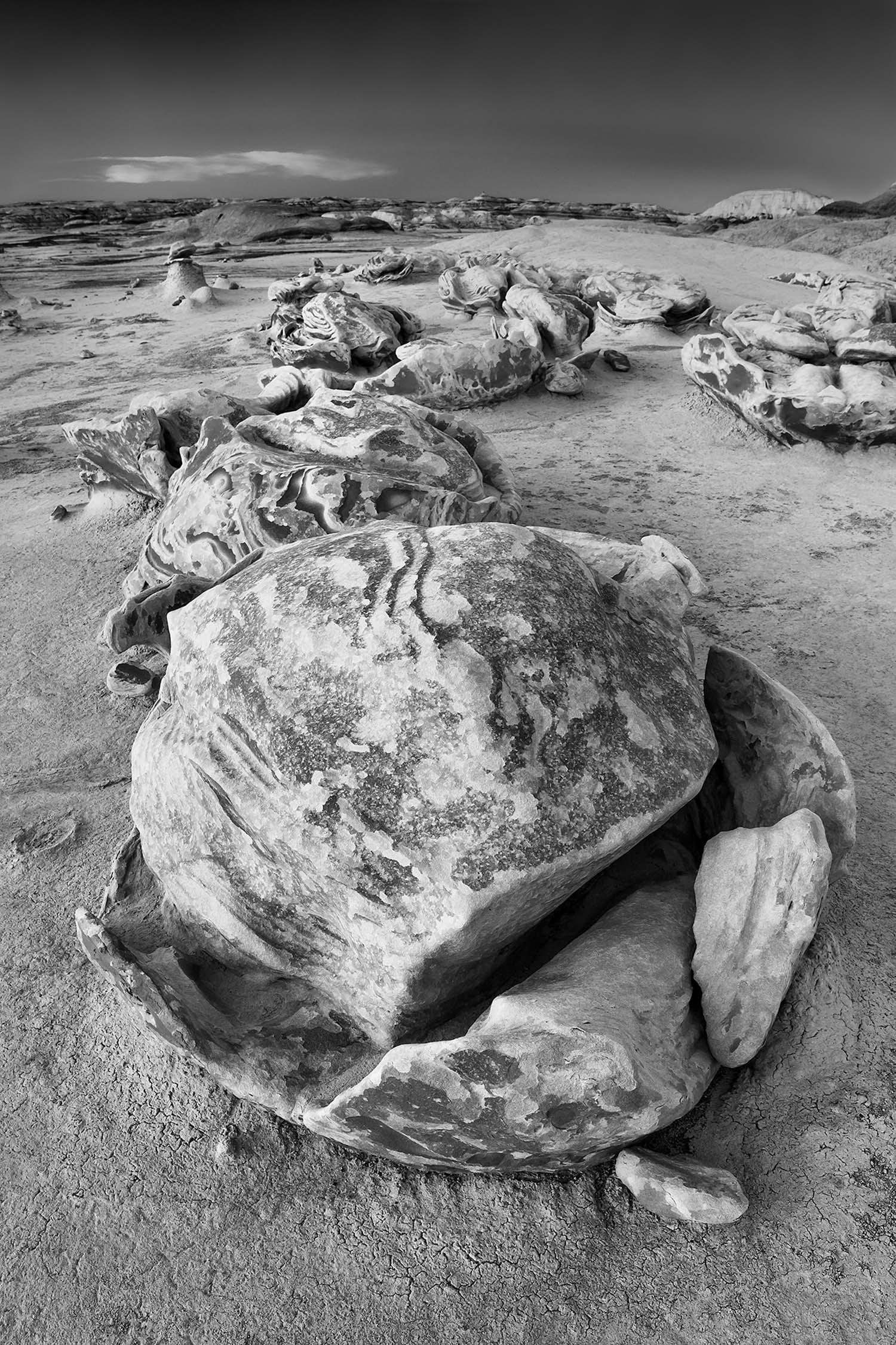
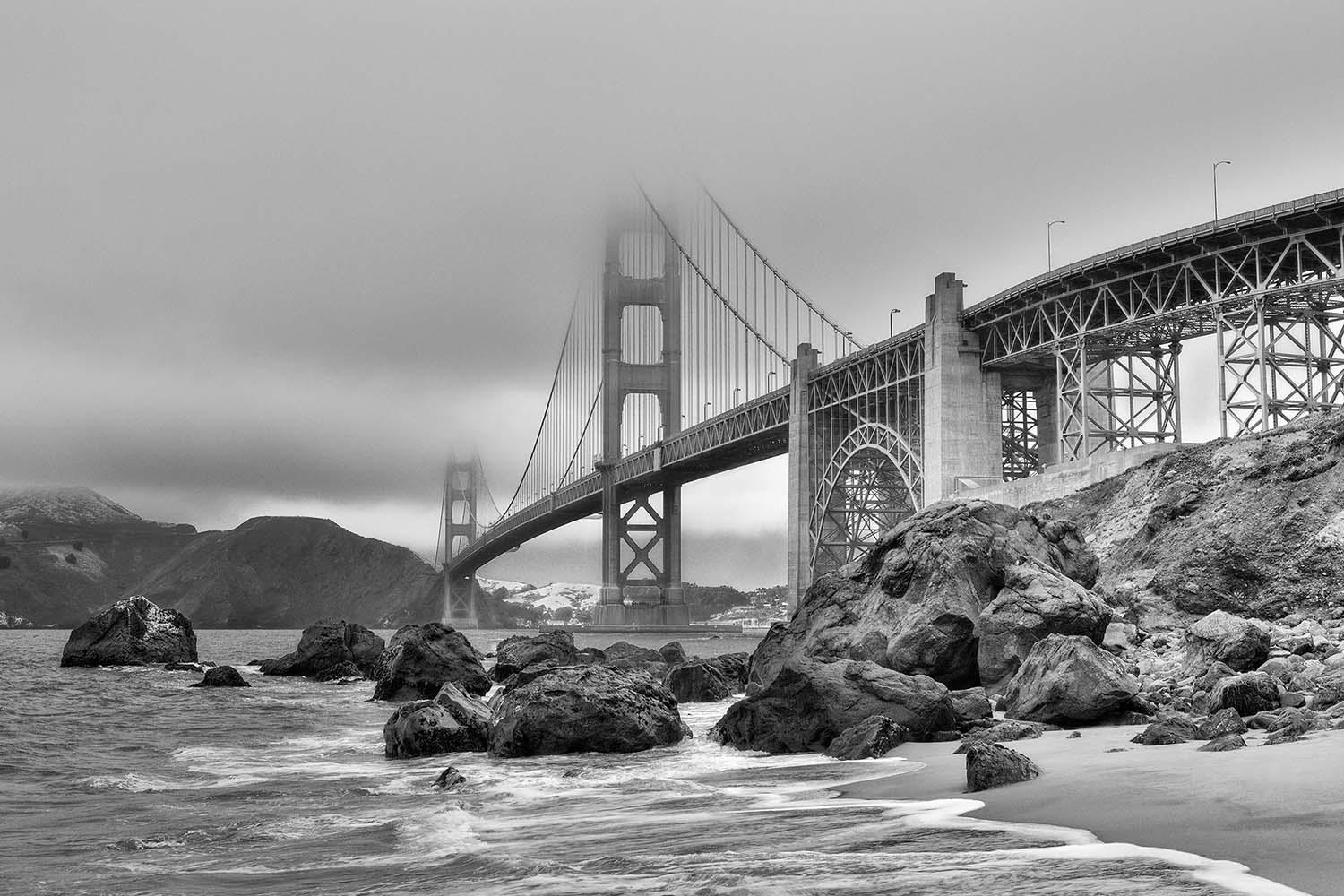
Do you have a photographic philosophy?
I believe we adapt intuitively and somehow unconsciously develop a methodology that guides us as artists over time. I have to give credit to Keith Carter for his analogy on this topic. He shared this with me a couple years ago and I admit it works for me as long as I keep in mind, nothing is set in stone. You have the freedom to augment your creative approach at any time. In fact, from time to time it is good to toss it out the window and do something completely out of your comfort zone when uninspired. For many years now, I have admired Carter’s work as well as his philosophies regarding image creation. He stresses that to express oneself visually, you must develop a voice that is distinctive yet complementing the message communicated. For example, Carter identifies his visual voice with five components based on the musical pentatonic scale. This analogy to the Blues first includes a dedication to one subject matter for a period of two to three years. "Obsessions are good." Get to know something deeply and intimately where your understanding becomes intuitive. Second, he insists his frame of view remain slightly oblique to the subject, rarely straight on. Third, a relationship with the subject matter is required, whether personal or not; a lot of time will be spent with it so you best enjoy or have a deep connection with it. Fourth, his optical choice of shallow depth of field is his most identifiable stylistic approach. Lastly, his method of breaking the frame, which he describes as a combination of influences derived from Robert Frank and Dr. Seuss ("Franking" or "Seussing" the frame), where sometimes a combination of the two is required. Incorporated into this visual acumen is a practice that I keep, which is "being ruthless with space." If something does not need to be in frame or is detracting, just get rid of it. Much akin to editing the words of a document; if an element serves no essential purpose, then it should be removed to ease the viewer’s exploration.
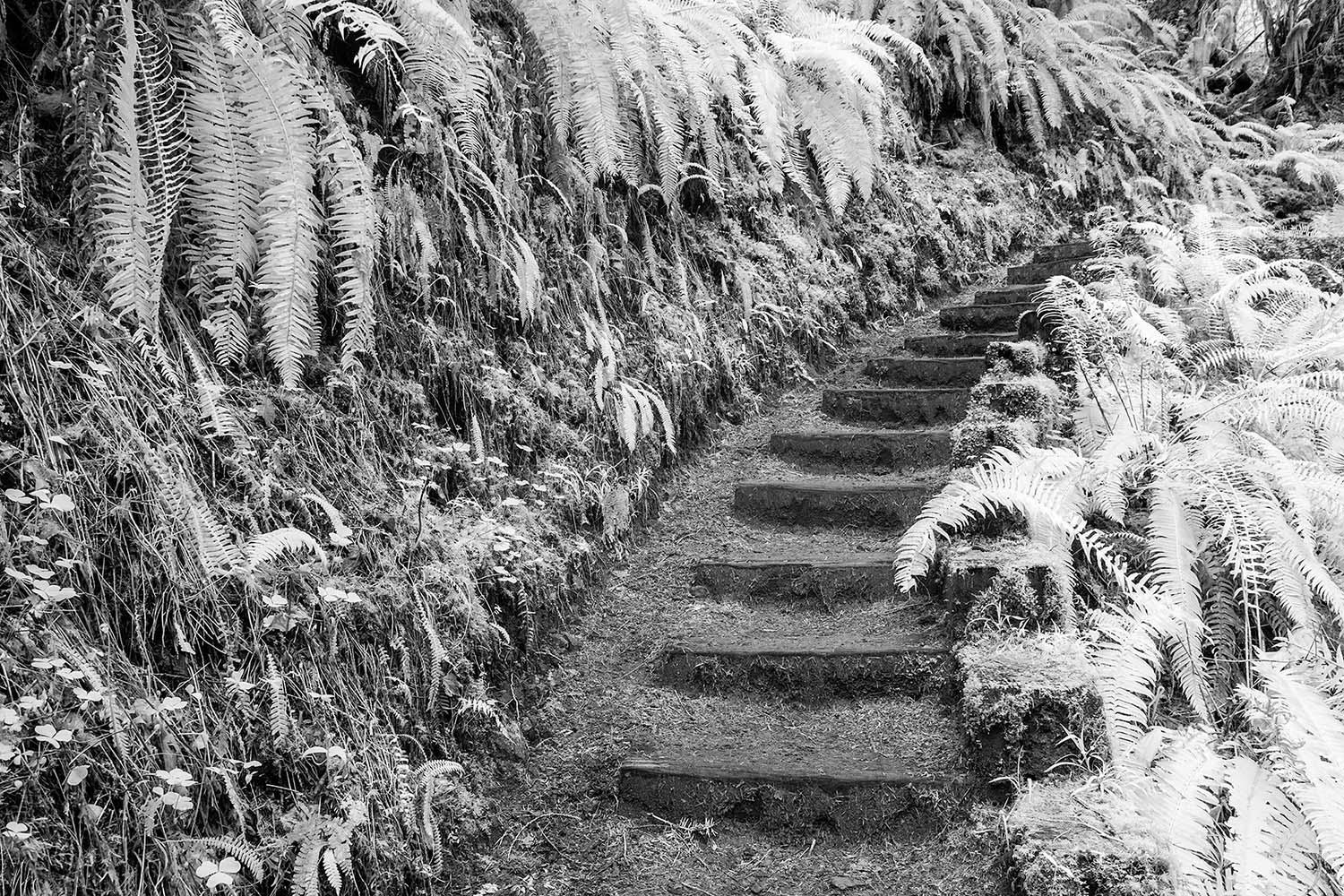
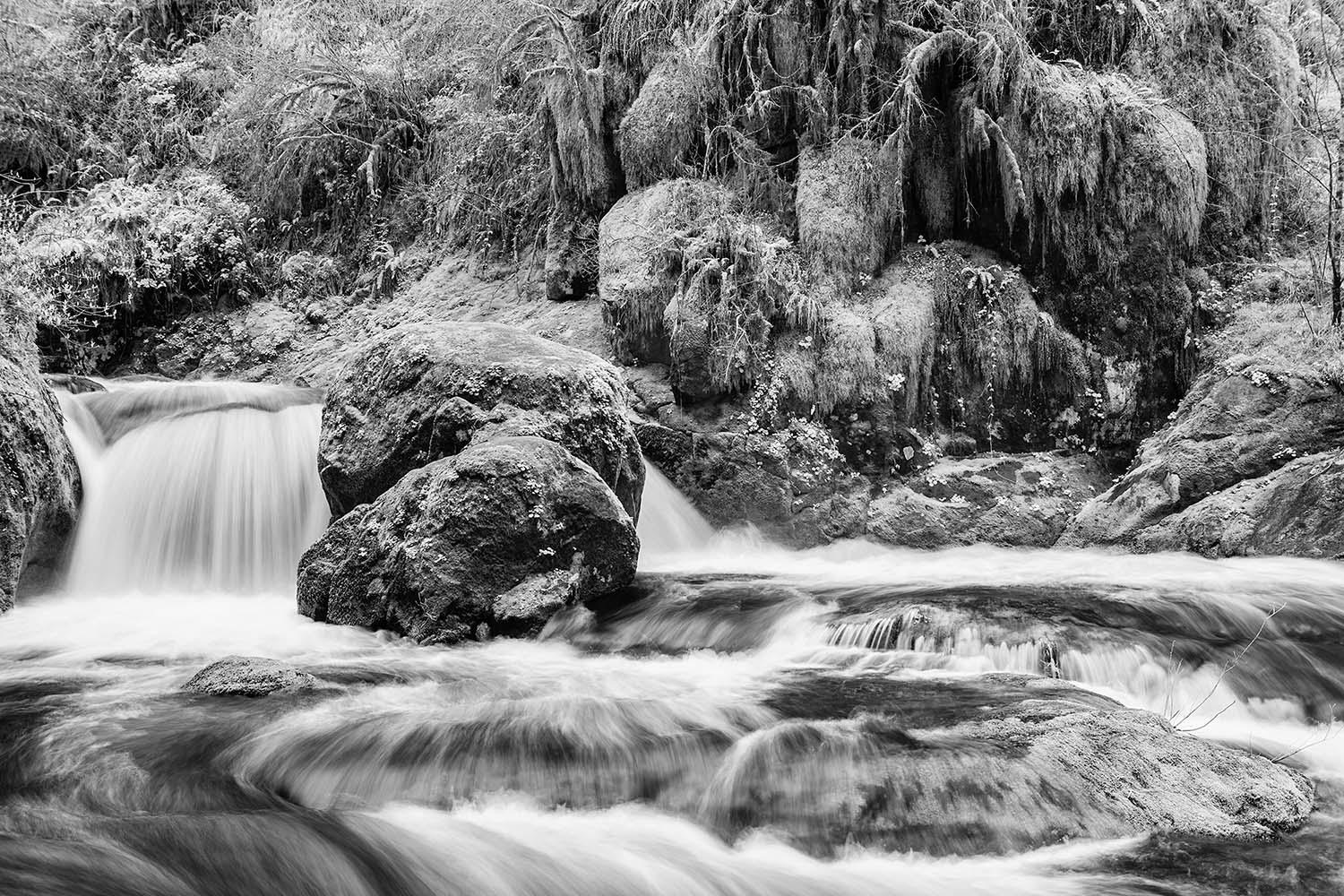
Where in the world are you and what's next?
Recently, I have been focused on the plight of the honeybee and the issue of Colony Collapse Disorder. Since my project Inevitable Collapse, has been one of my few explorations into the use of surreal imagery, I have been asked if I will continue to utilize this method of visual expression with future work. The answer is likely yes, depending upon the appropriateness of this method to convey the concept. Often my ideas come in the form of dreams that take on surreal imagery. The intentional distressing of finished chromogenic prints with a mixture of pesticides remains a process that I wish to explore within a new series of images. My role as an artist is to inform, provoke and engage the viewer with visuals that pose questions. The images of Inevitable Collapse depict a disturbing world out of balance covered by a plague of toxic chemicals born of humanity’s desire to conquer. I hope the viewer’s response should acknowledge these questions as well as consider solutions in their daily decisions. This reaction may result in pursuing advocacy of their own, supporting organic farming and beekeepers. The culmination of expanded awareness into mainstream acceptance stems first from education about the issue. Once a threshold of collective acceptance by society as a whole is reached, change can happen. It happened in 1972 with the ban on DDT and one day I feel certain we will see a ban on neonic pesticides that are at the core of Colony Collapse Disorder.
billedwardsphotography.com
photoshelter.com






